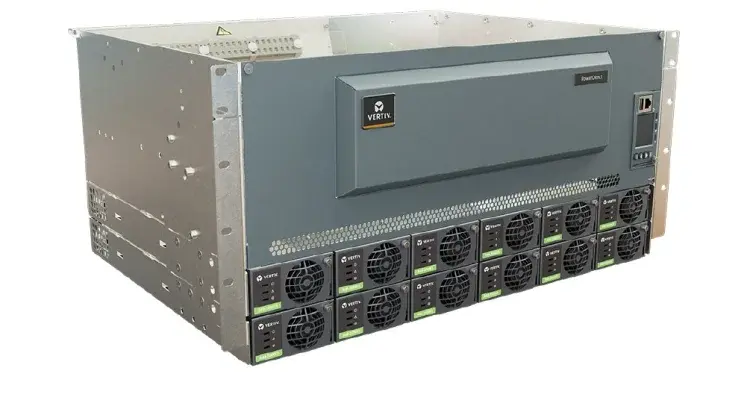SNS Telecom & ITs latest research report indicates that annual spending on LTE and 5G NR-based CBRS network infrastructure – which includes RAN (Radio Access Network), mobile core and transport network equipment – will account for more than US$1.5bn by the end of 2026
After many years of regulatory, standardisation and technical implementation activities, the United States' dynamic, three-tiered, hierarchical framework to coordinate shared use of 150 MHz of spectrum in the 3.5 GHz CBRS (Citizens Broadband Radio Service) band has finally become a commercial success. Although the shared spectrum arrangement is access technology neutral, the 3GPP cellular wireless ecosystem is at the forefront of CBRS adoption, with more than half of all active CBSDs (Citizens Broadband Radio Service Devices) based on LTE and 5G NR air interface technologies.
LTE-based CBRS network deployments have gained considerable momentum in recent years and encompass hundreds of thousands of cell sites – operating in both GAA (General Authorized Access) and PAL (Priority Access License) spectrum tiers – to support use cases as diverse as mobile network densification, FWA (Fixed Wireless Access) in rural communities, MVNO (Mobile Virtual Network Operator) offload, neutral host small cells for in-building coverage enhancement, and private cellular networks in support of IIoT (Industrial IoT), enterprise connectivity, distance learning and smart city initiatives.
Commercial rollouts of 5G NR network equipment operating in the CBRS band have also begun, which are laying the foundation for advanced application scenarios that have more demanding performance requirements in terms of throughput, latency, reliability, availability and connection density – for example, Industry 4.0 applications such as connected production machinery, mobile robotics, AGVs (Automated Guided Vehicles) and AR (Augmented Reality)-assisted troubleshooting.
Examples of 5G NR-based CBRS network installations range from luxury automaker BMW Group's industrial-grade 5G network for autonomous logistics at its Spartanburg plant in South Carolina and the U.S. Navy's standalone private 5G network at NAS (Naval Air Station) Whidbey Island to mobile operator Verizon's planned activation of 5G NR-equipped CBRS small cells to supplement its existing 5G service deployment over C-band and mmWave (Millimeter Wave) spectrum.
SNS Telecom & IT estimates that annual investments in LTE and 5G NR-based CBRS RAN (Radio Access Network), mobile core and transport network infrastructure will account for nearly US$900mn by the end of 2023. Complemented by an expanding selection of 3GPP Band 48/n48-compatible end user devices, the market is further expected to grow at a CAGR of approximately 20% between 2023 and 2026 to surpass US$1.5bn in annual spending by 2026. Much of this growth will be driven by private cellular, neutral host and fixed wireless broadband network deployments, as well as 5G buildouts aimed at improving the economics of the cable operators' MVNO services.
The “LTE & 5G NR-Based CBRS Networks: 2023 – 2030 – Opportunities, Challenges, Strategies & Forecasts” report presents a detailed assessment of the market for LTE and 5G NR in CBRS spectrum including the value chain, market drivers, barriers to uptake, enabling technologies, key trends, future roadmap, business models, use cases, application scenarios, standardization, regulatory landscape, case studies, ecosystem player profiles and strategies. The report also provides forecasts for LTE and 5G NR-based CBRS network infrastructure and terminal equipment from 2023 to 2030. The forecasts cover three infrastructure submarkets, two air interface technologies, two cell type categories, five device form factors, seven use cases and 11 vertical industries.
The report comes with an associated Excel datasheet suite covering quantitative data from all numeric forecasts presented in the report, as well as a database of over 800 LTE/5G NR-based CBRS network engagements – as of Q3’2023.























